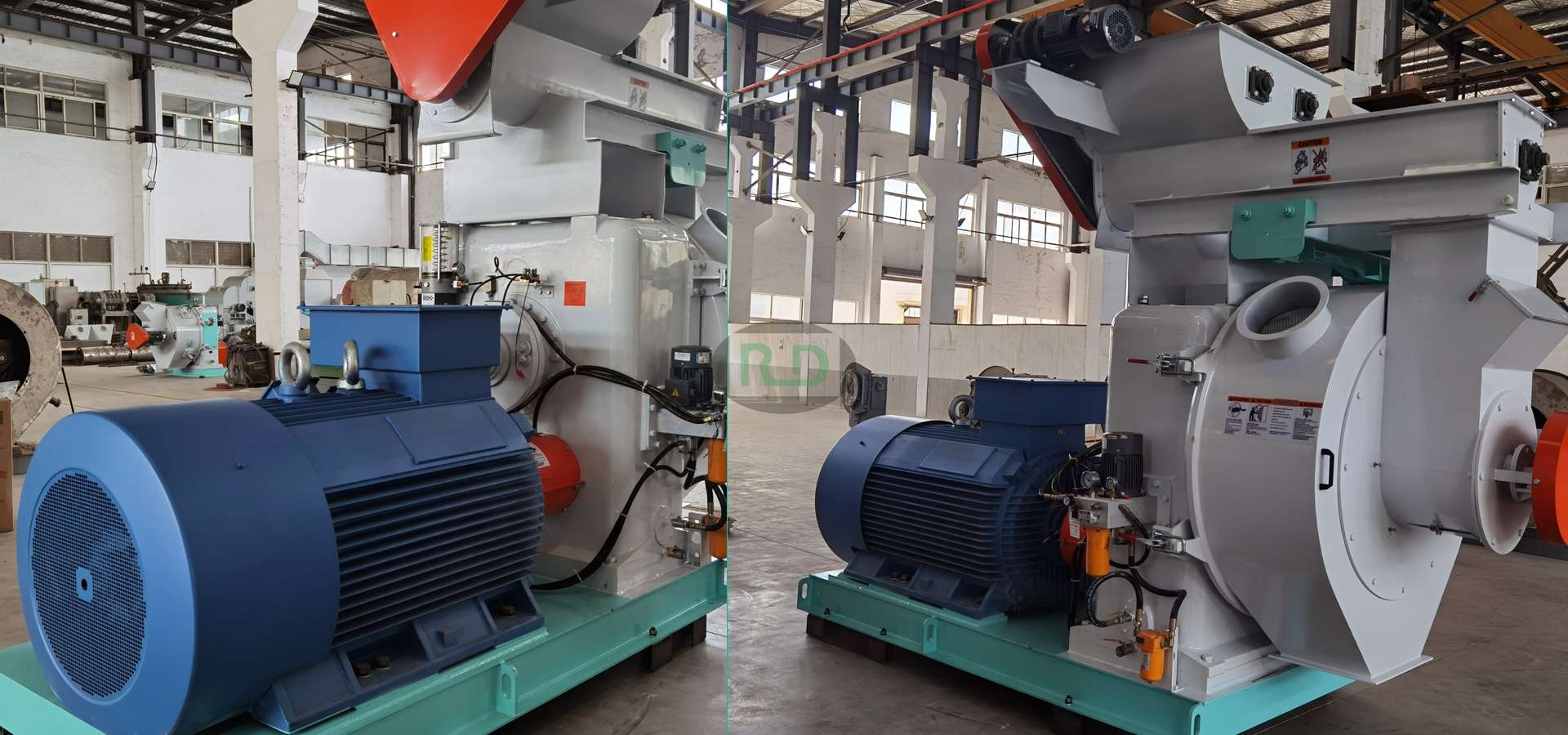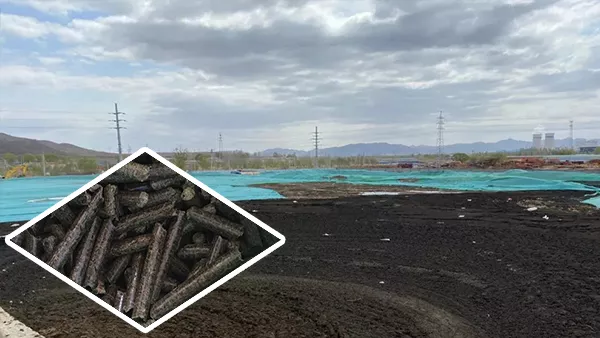Welcome to Rongda Machinery Co., Ltd
Toggle Navigation

Ever wondered how we can turn everyday farm scraps and forest leftovers into clean, burnable fuel? That's where biomass pellet mills come in – these clever machines are shaking up the renewable energy scene by squeezing waste into compact pellets that pack a punch for heating or power. Instead of just dumping stuff like sawdust or crop stalks, they make it useful, cutting down on waste and fossil fuels. Let's break this down in a way that's easy to follow: we'll start with how they're used in the real world, then get into the nuts and bolts of what makes them tick, from the raw materials to the smart tech inside.
Picture this: a factory in Shanghai swapping out coal for pellets made from wood scraps. They slashed their CO₂ output by over 16,000 metric tons a year and saved millions in fuel costs – that's no small feat. Or think about rural setups where small flat-die pellet mills handle crop residues right on the farm, creating a neat loop: waste turns into energy, and the ash goes back as fertilizer. These mills aren't just lab toys; they've scaled up for big boilers replacing coal, or even decentralized systems in off-grid spots. The beauty is in their flexibility – from tiny home units to industrial beasts churning out tons per hour.
At heart, it's all about lignin, that tough natural glue in plant walls. When you crank up the heat to 180–250°C and slam on pressure around 50–100 MPa, lignin melts a bit and sticks everything together – no nasty chemicals needed. The pellets come out dense and tough, ready to burn cleanly.
What makes modern mills stand out? They've got this smart combo of temperature and pressure working together. Friction from the ring die and rollers builds heat naturally, plus extra heaters keep things just right in those die holes for perfect lignin activation. And don't forget moisture – too wet or dry, and it's a mess. Built-in sensors and dryers tweak the airflow on the fly to hit that sweet spot of 8-15% moisture, avoiding burnt bits or loose pellets.
Now, zoom in on the mechanics. The ring die and rollers are the dynamic duo here – they mash the material through holes to form pellets. Today's vertical ring die models use quick-release clamps and tough high-nickel stainless steel, lasting 5-7 times longer than older ones. Rollers get hardened with carburizing (up to 2.4 mm deep) and vacuum heat treatment to fight wear.
Cool upgrades include helical gears hitting 98% efficiency, paired with flexible couplings that cut down on shakes and noise for smoother runs. The dies themselves are modular, with stepped compression ratios that handle different materials without wasting energy, pushing pellet densities over 750 kg/m³. It's like fine-tuning a car engine for max performance with minimal fuel.

These aren't dumb presses anymore – AI steps in with real-time monitoring of die temps, pressure, and motor speeds. Spot a potential jam or misalignment? The system flags it early and tweaks things automatically.
Take overheating: if temps spike past 220°C a few times in a row, it slows the feed and cleans the die on its own to dodge carbonization. Or for power savings, variable-frequency feeders match input to output, dropping electricity use below 50 RMB per ton and bumping efficiency by 30%. It's predictive stuff that keeps downtime low and operations humming.
Wrapping it up, biomass pellet mills are more than gadgets; they're a smart bridge between tech and the planet. By tweaking lignin at the molecular level or adding nano-coatings for extra wear resistance, they're pushing us closer to ditching carbon-heavy fuels. Sure, they're granular in form, but the impact? Huge for a greener world.
(Note: Specs and examples draw from patents and reports out there. For the nitty-gritty on gear, chat with a certified supplier.)